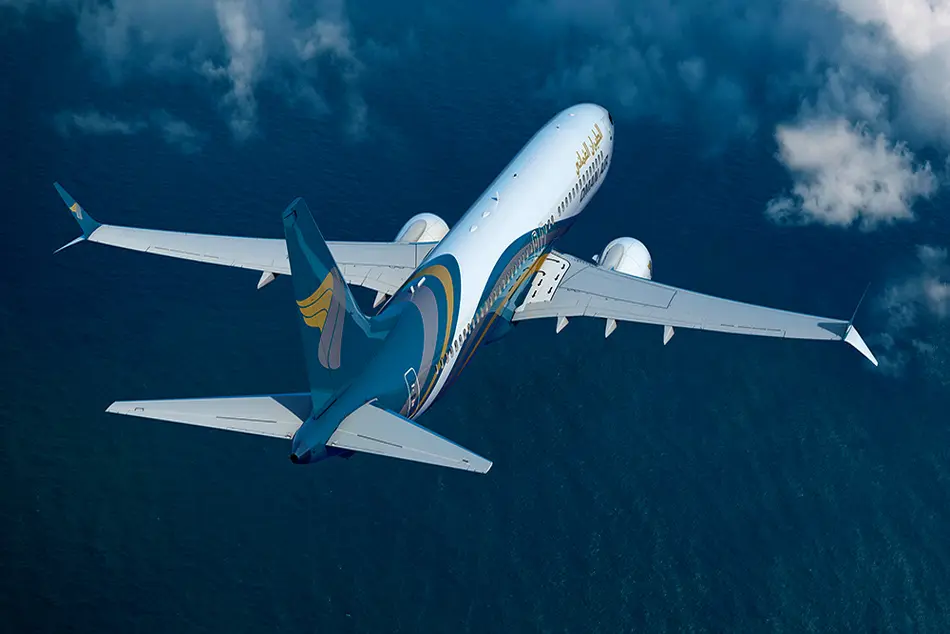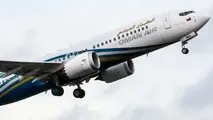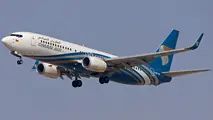Oman Air To Replace 737-800s Like-For-Like To Dodge MAX Engine Woes
DUBAI—Oman Air will replace outgoing Being 737-800s with more of the same model as it seeks to avert further problems with the MAX’s engines.

DUBAI—Oman Air will replace outgoing Being 737-800s with more of the same model as it seeks to avert further problems with the MAX’s engines.
The Omani flag carrier has four 737-800s scheduled to leave the fleet in 2026. “We’re looking for more narrowbody lift next year and we’re going to go for NGs,” CEO Con Korfiatis said on the sidelines of the Dubai Airshow. ”We don’t want any more MAXs until the engines are sorted out.”
The MAX’s CFM Leap-1Bs, like other new-generation powerplants, have suffered from the hot and harsh Middle East environment, with fine dust causing abrasion problems.
The four outgoing -800s are coming to the end of their leases. The 737-800 has been in high demand since problems with the MAX’s engines came to light some years ago, but Korfiatis does not believe it will be a major problem to find replacements. “There are things out there we will look at,” he says.
The perennially loss-making state-owned carrier is in the midst of a major transformation program to trim costs and realign its operations, from a model that relied on transit traffic through Muscat to one focusing on point-to-point services.
When Korfiatis took the CEO’s role some 18 months ago, just 15% of Oman Air’s traffic was point-to-point. “We were focused on the transit traffic, and I don’t know why,” he says. Point-to-point traffic has now reached 55% and will be in the 60% range next year, he adds.
A downsizing of the fleet as part of the transformation program meant that the airline had to look closely at where it allocated its remaining aircraft, and “We took out those routes that were super-transit.”
Not only does point-to-point traffic deliver higher-quality revenue, it helps support an ongoing campaign by the country to boost its inbound tourism. The rise in point-to-point traffic is down to a combination of the nation’s tourism efforts and Oman Air’s specific actions, he suggests.
A major milestone in the current phase of the transformation project will be reaching EBIT breakeven. Korfiatis expects this to occur by the end of 2026.
Looking further ahead on fleet planning, Oman Air is scheduled to receive one more 787-9 this year, followed by six more from 2027 onward.
By 2030, the early MAXs will getting to the end of their leases. To bring in more new aircraft by the early 2030s will mean issuing a request for proposals “in the next year or so.”



